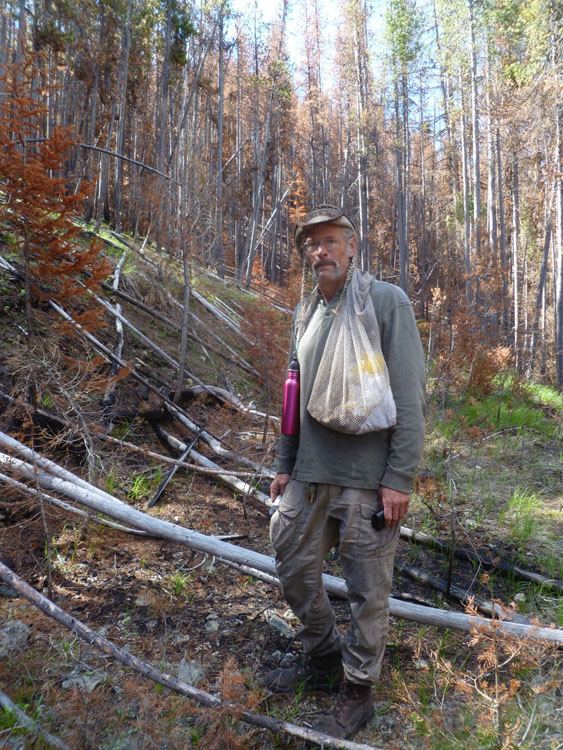
I was in the Cub fire, west of Thompson Falls, picking with a small group, when gunshots rang out up the valley. Not far, maybe a quarter mile away. I hiked up to the road towards the sound when another shot rang out.
“ARE YA LOST?” I hollered. “ARE YA LOST BUD? THE ROAD IS UP HERE!”
“NO,” came the sheepish reply. Never saw the individual after that. Probably embarrassed, as he should be. Not everybody who hunts morels knows their way around the woods.
I’ve been hunting morels in western Montana for something over 40 years. Since at least two and possibly four species of morels, as well as over 100 other mushroom species, fruit exclusively after a forest has burned, the spring after a forest fire is a good time to look. Every season I make it a point to visit as many burn sites as possible. Last year that was a tall order, as we had close to a quarter of a million acres burn in a couple dozen fires.
Over the past decades, morel hunting has changed quite a bit. In the 1980s, the fire reports were issued in single line entries, with the name of the fire, township and range (later to lat/long coordinates), aspect, slope, elevation, vegetation cover, and start date. Go get ‘em, boys! That was all you had to go on. So out we went, tracing our way along whatever roads were open to get as close to the start point as we could, scanning the ridges for brown or red trees to locate the burn site.
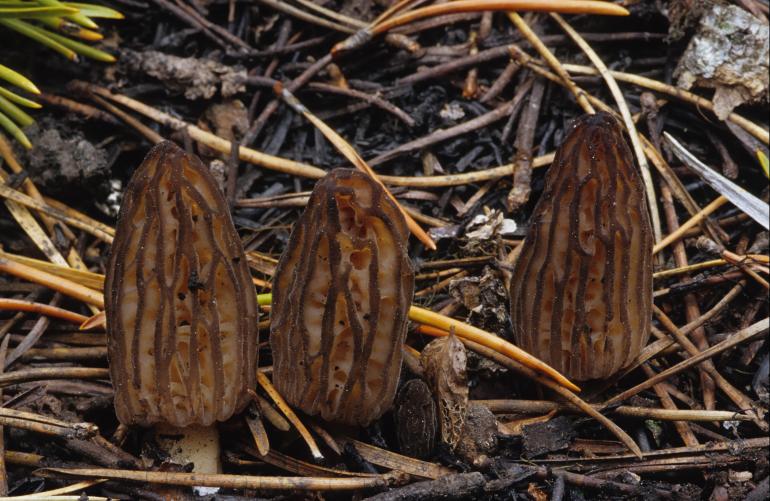
In the Ninemile burn of 2002, I went out to scope things out in May, and found the little darlings had poked up earlier than I’d expected. So I went down to Charley B’s and shook the barstools for pickers. Sure enough, three or four guys decided that a paid walk in the woods was a fine idea, and by the time the Forest Service law enforcement officer showed up on the hill we were all busy filling our baskets.
“I’m looking for Larry Evans!” he hollered from the window of his green and white pickup. My new friends all pointed at me. Fame was mine! I made my way down to where his rig was stopped on the road.
“Have you got a permit?” the young fellow asked, his voice as growly as he could make it. He already had his citation book in his lap, ready to cite.
“I certainly do not,” I replied, “Betty Sue at the district said they hadn’t got the permits printed up yet when I talked to her yesterday afternoon.”
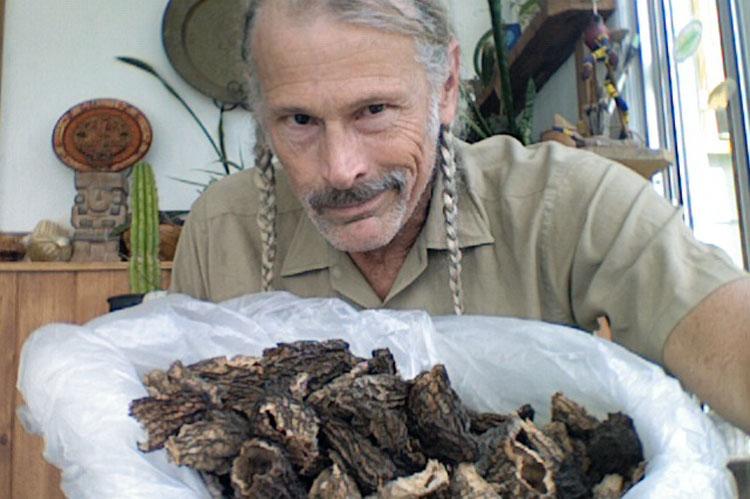
The LEO bit his lip at this news, and traded his ticket book for a 2-way radio. Within a couple minutes he confirmed that the Forest Service was not quite ready for mushroom season yet, and we parted ways after he had issued me a stern warning to go and get a permit at my first opportunity. He said they would be ready Monday. I walked back up the hill and urged my comrades to keep picking, at least until Monday.
Nobody really knows when the morels will show, but a lot of people spend their early spring days scouting burn sites and testing snow-choked roads to get there first. Everybody asks me when the morels will be up. Then they ask me where to go picking. Then they question the honesty of my response! I tell ya...
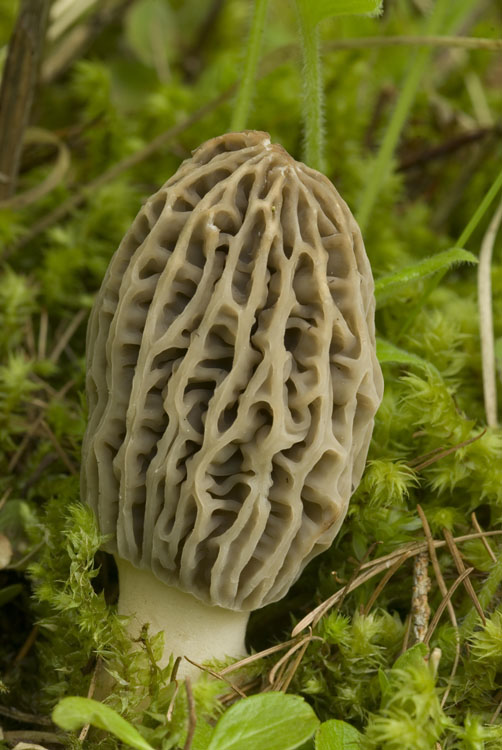
Since the turn of the century, Forest Service reporting of fires has advanced from those few terse lines of alphanumerics to multi-colored area maps of fire zones and roads that are somewhat more descriptive. Until last year, the inciweb.gov website offered more or less easy access to location information. Various online sites, posts, and chats catalog morel pickers’ unceasing efforts to locate the bounty of the burn.
If you plan to go picking, permits are required whether you opt for a no-cost personal use permit or a $20 commercial permit that is your get-out-of-jail free card for those times when you have a couple hundred pounds and need to speak with a LEO who is parked blocking the road.
Burn Ecology
Fire is a natural part of the western landscape, and humans have exaggerated the role of fires, especially catastrophic wildfire, by burning gigantic piles of slash from logging operations to prevent the accumulation of fuels. “Fuels” means wood, and in its natural state about 20% of the carbon goes up in smoke; the other 80% is broken down by microorganisms like fungi and is the primary source of moisture during the dry season. By removing this material, either by hauling it off on logging trucks or by torching gigantic burn piles, the natural ability of the soil to retain moisture is removed. As a result we are caught in a downward spiral of lost soil carbon and the resulting loss of moisture. Yet the “clearcut and burn” mentality of 20th century logging has not changed to reflect our diminished soil carbon, and so our forests get drier and the soils more bare.
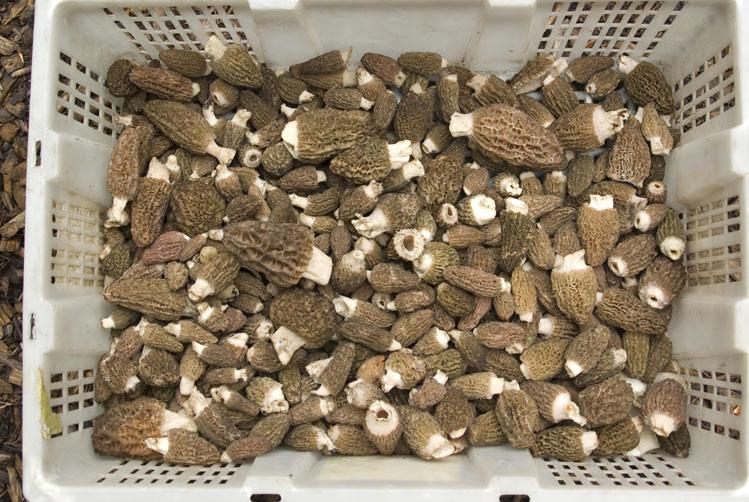
Snowmelt is the one reliable source of moisture that has not changed since the glacial era, and an entire ecosystem of fungi have evolved to exploit this liquid treasure. In the Northern Rockies, we have two different fungal universes: one that depends on the rain or snow in the fall, the other on spring melt water. Morels and other Ascomycetes (cup fungi) dominate the spring season, although a lesser number of Basidiomycetes (mushrooms with gills or pores) do manage to make a showing.
The Fuss
“Why are morels so good?” people ask me. “Why does a dog wag its tail?” I reply. These devoted fungi live for decades in the shade of Douglas fir, mycelia running through decaying logs and duff, producing sclerotia (resting bodies) that may wait underground for years before changes in the environment trigger them to produce the coveted morel.
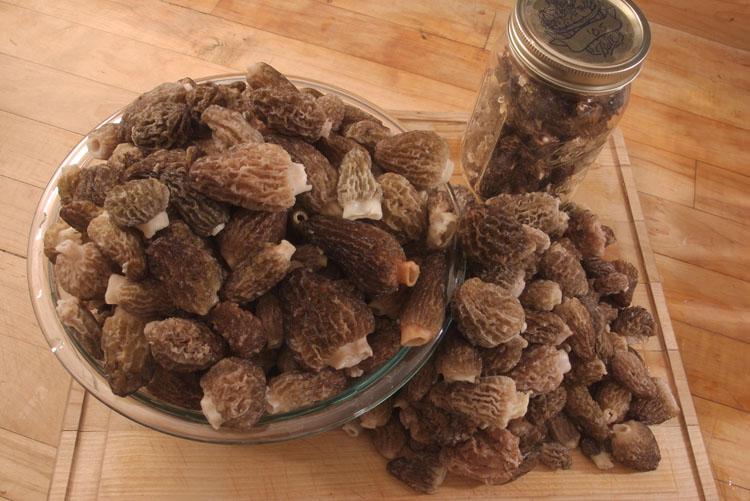
Once they are up, morels persist for two to four weeks if they can survive attacks by humans, wildlife, and dry conditions. While we see evidence of occasional nibbles by deer, most mammals have scant interest in the pinecone-shaped mushroom. Invertebrates are another matter. Species of Mycetophila flies lay eggs on morels, and their tiny worm-like larvae can be found on late season survivors. True bugs, millipedes, and especially thrips (Thysanoptera) and springtails (Collembola) chomp through morels so voraciously that they can decimate a harvest in 48 hours, even in the refrigerator. Snails and slugs are also fond of morels, and their gnawing slimy activity is evident to the experienced eye.
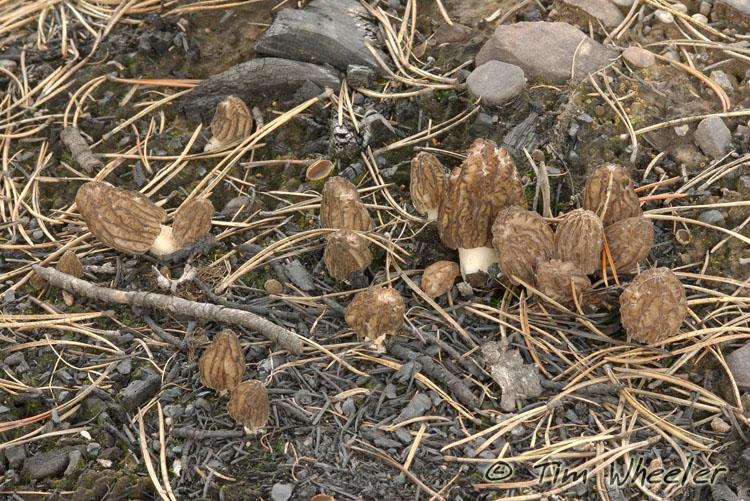
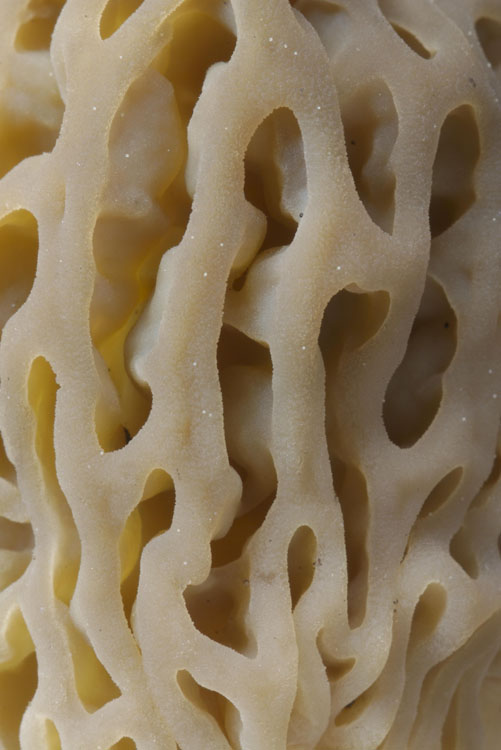
But raw morels are not food for people. Trehalose sugars are a metabolite that cannot be digested by people, but our intestinal bacteria devour them so quickly that they produce large and painful quantities of gas for humans foolish enough to consume them uncooked. A few minutes in hot butter, however, carmelizes these sugars and eliminates indigestion.
No discussion of morel edibility is complete without a recipe. My favorite is stuffed morels. The smart chef selects only fist-sized units, the easier to pack in the filling. Those with less selection may use a piping bag to squirt filling into iddy-biddy morels. My favorite stuffing is moose meat, but ingredients like spinach, feta, pine nuts, onion, cream cheese, and hamburger can also produce a fine appetizer.
The Western Montana Mycological Association
The Western Montana Mycological Association (wmma.wildsoil.com) is currently involved in mushroom cultivation projects as well as hosting workshops and mushroom hunts in Western Montana. The Western Montana Mycological Association Spring Morel Foray is on Memorial Day weekend. Larry says, “This is our 28th such gathering, and we have never been skunked yet! Members and guests gather at a location that is only revealed days ahead of the event, in order not to tip off potential mushroom rustlers. We usually camp out, and go on three hunts during the weekend, with a legendary mushroom potluck for Saturday dinner. For details see organization’s Facebook page or contact www.fungaljungal.org to sign up for the free email newsletter.
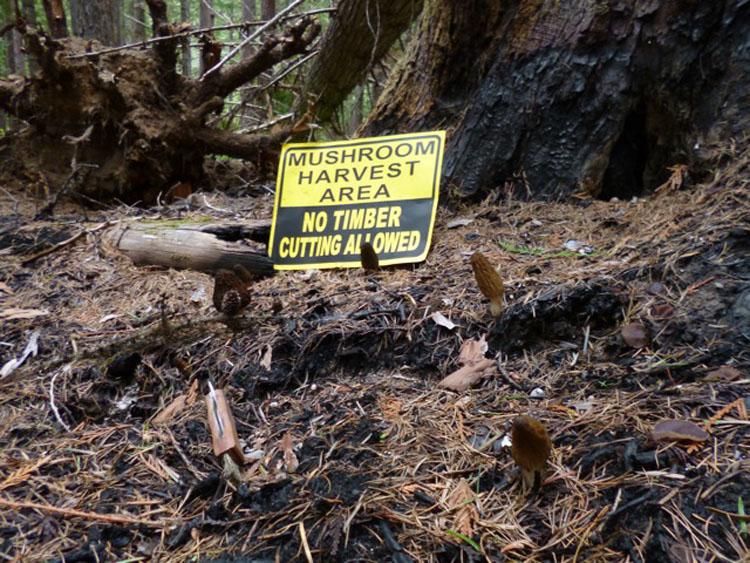
The Western Montana Mycological Association
The Western Montana Mycological Association (wmma.wildsoil.com) is currently involved in mushroom cultivation projects as well as hosting workshops and mushroom hunts in Western Montana. The Western Montana Mycological Association Spring Morel Foray is on Memorial Day weekend. Larry says, “This is our 28th such gathering, and we have never been skunked yet! Members and guests gather at a location that is only revealed days ahead of the event, in order not to tip off potential mushroom rustlers. We usually camp out, and go on three hunts during the weekend, with a legendary mushroom potluck for Saturday dinner. For details see organization’s Facebook page or contact www.fungaljungal.org to sign up for the free email newsletter.
For good info on ethical hunting, mushroom movies, how to grow your own, and so much more see the blog on the Web site www.montanamushrooms.com, managed by Dean Robbins, or check out the Facebook page.
WATCH: Larry Evans, Author of this Featured Article & Mushroom Guru, recording "Can Ya Eat It?"
VIDEO DESCRIPTION: Famed mushroom guru, Larry Evans, records his latest hit "Can Ya Eat It?" Keep an eye out for opportunities to purchase this single on his website www.fungaljungal.org, ITunes, and on his Facebook page:
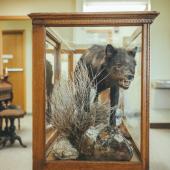
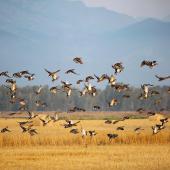
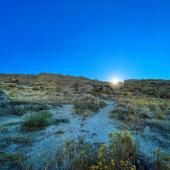
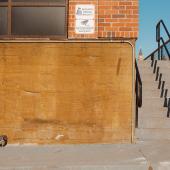

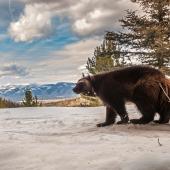
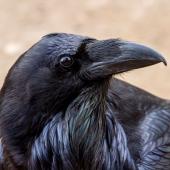
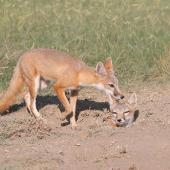

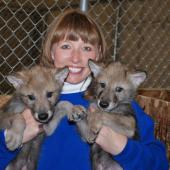
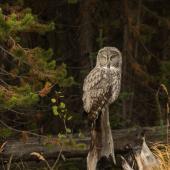
Leave a Comment Here